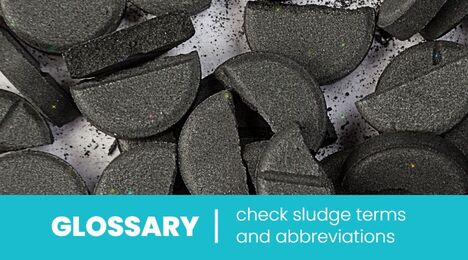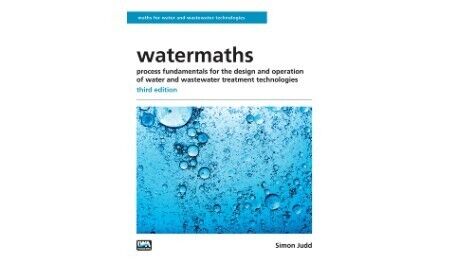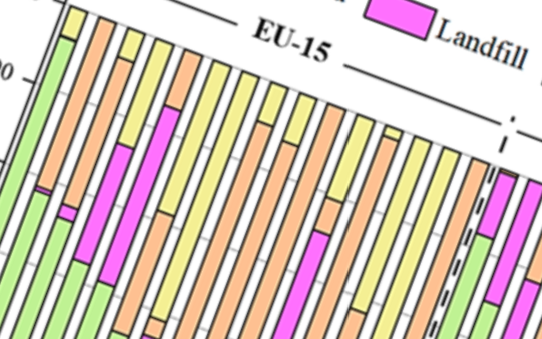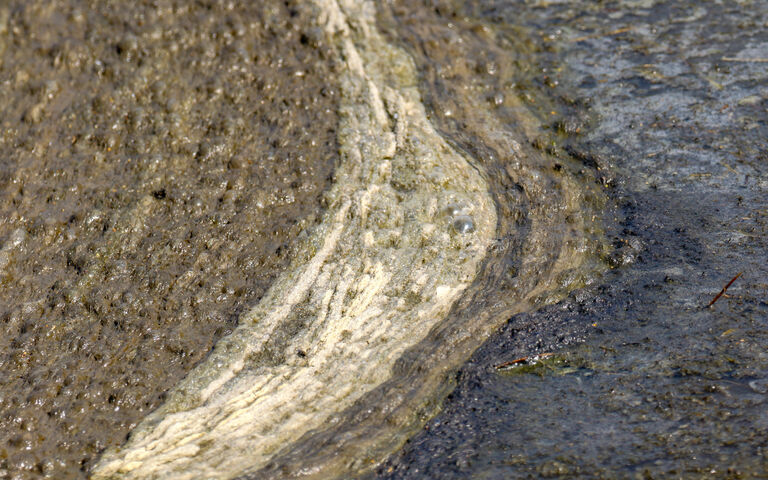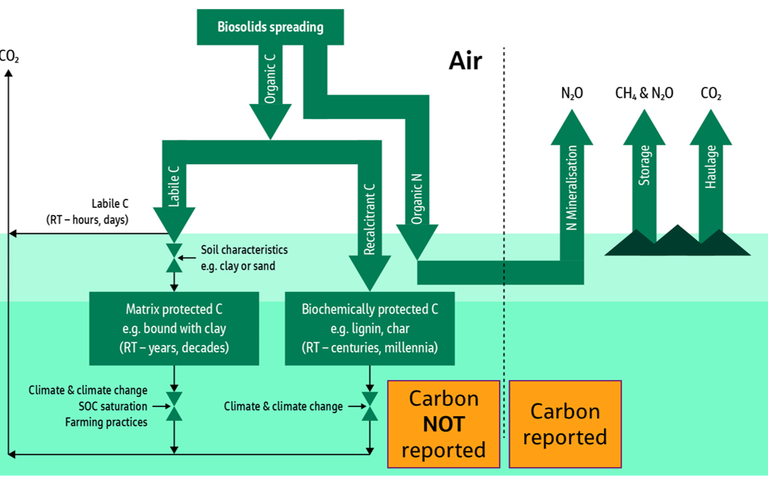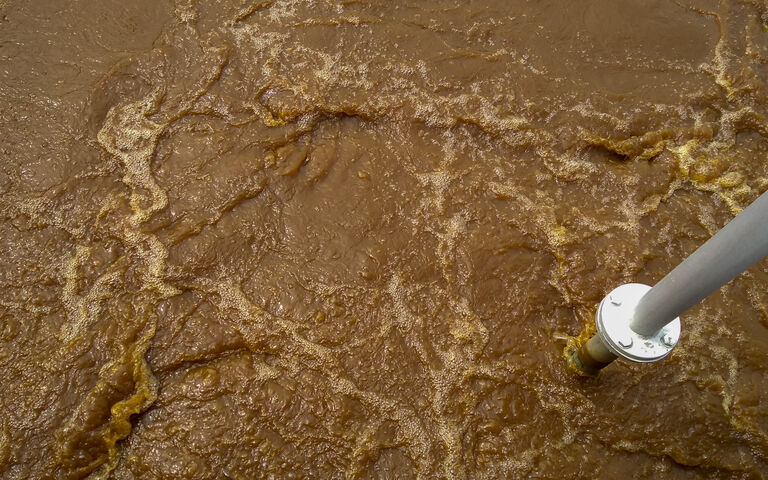Sludge treatment theory

Sedimentation and filtration
Two key aspects of sludge solid−liquid separation processes for which fundamental theoretical representations exist are gravitation (or ‘sedimentation’) and filtration. These expressions can be used to inform the extent of separation of solids from the liquid and/or the energy required for certain thickening or dewatering processes.
Sedimentation is the separation of particles from water on the basis of their weight. Particles heavier (more dense) than water will sink, while those less dense will rise. If the water is quiescent (i.e. still) or semi-quiescent then the particles can collect at the base or surface of the water, from where they may then be removed.
Sedimentation theory defines the rate at which a particle sinks or floats in water based on its density and size. The theory also forms the basis of centrifugal separation theory, since a centrifuge acts to enhance gravity.
Sludge solids separation theory
Filtration is the removal of particles through their adsorption by grains of material in a media bed. The gaps created within the bed must be significantly larger that the particles to allow them to be removed throughout the depth of the bed.
Filtration theory as applied to sludge processing defines the way in which water flows through the bed, which is formed of the sludge solids and is referred to as the cake. The key parameters of the theoretical description are the resistance of the cake to flow and the change in the cake resistance with time.

